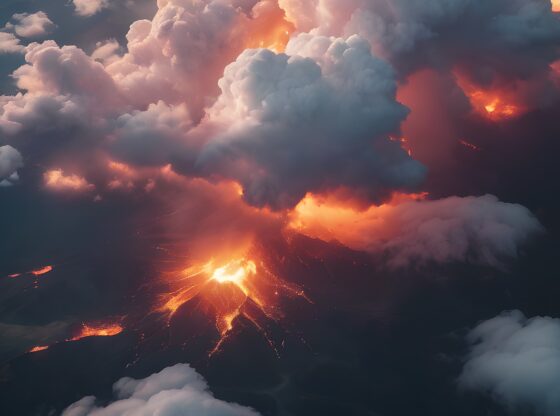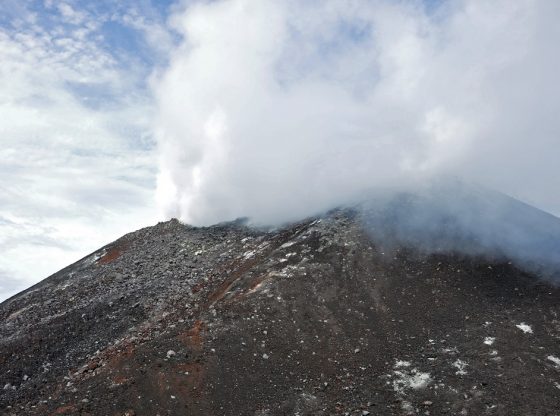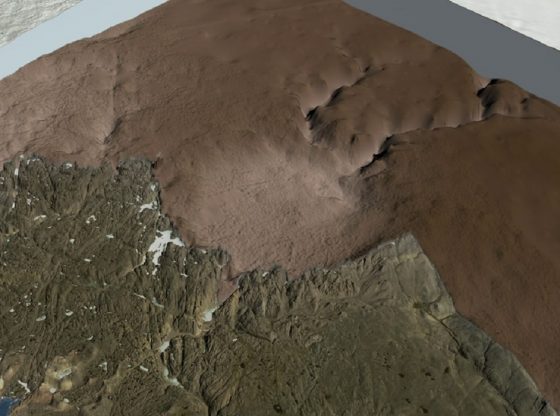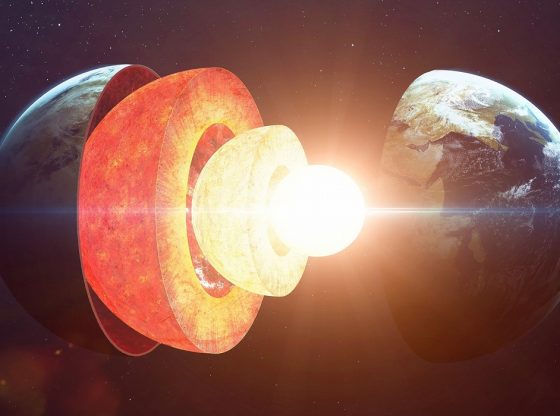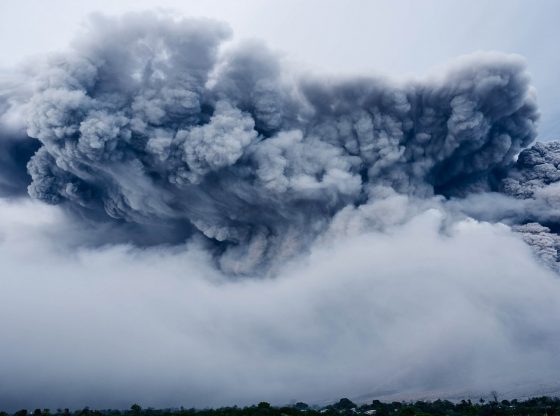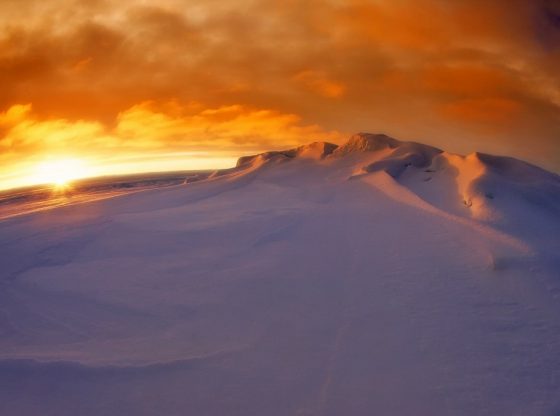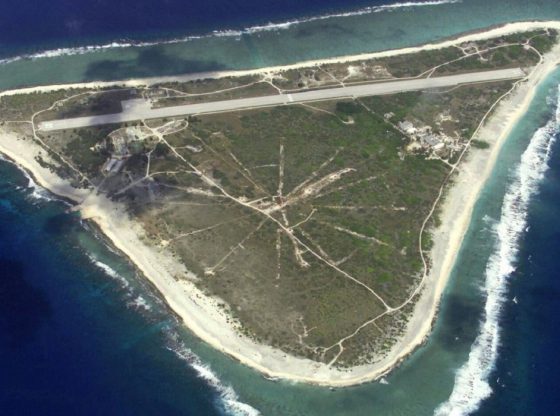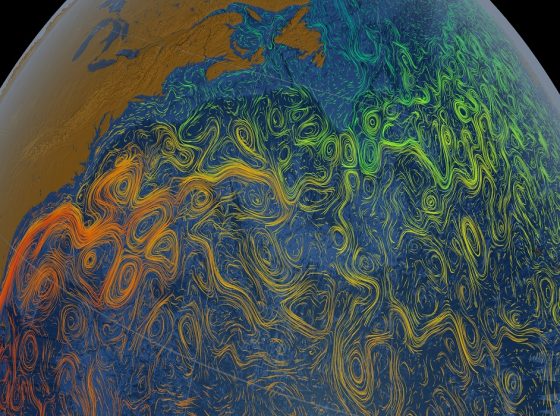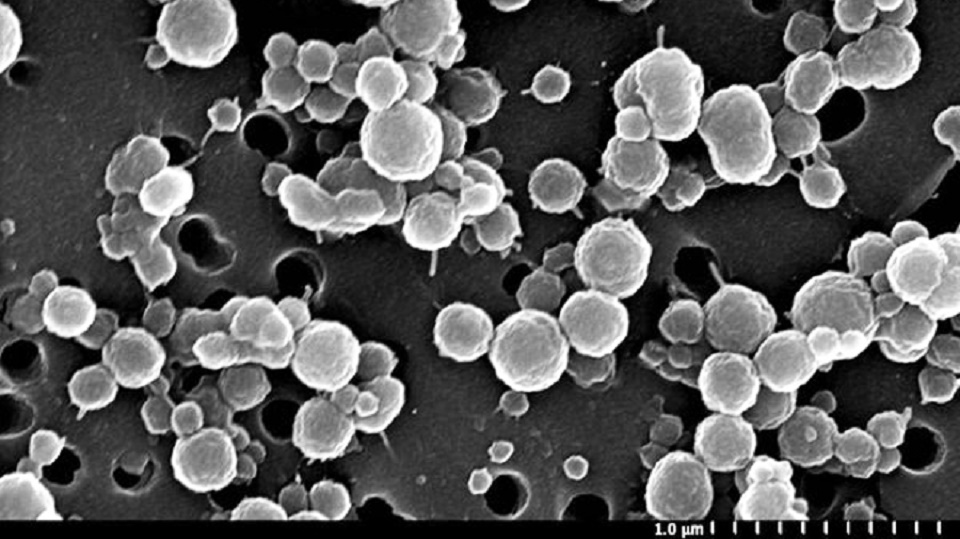
The large Subglacial Lake Vida has been long protected beneath a permanent thick layer of ice for nearly 3,000 years. And in this permanent darkness, surely life could not exist, or could it?
When first discovered, it was believed to be frozen all through, a lake of “slush” water or perhaps frozen solid. But then in 1995, ground penetrating radar surveys indeed revealed it to be liquid. This is due to a very salty liquid layer underlying a 20 meter (66 foot) ice cover.
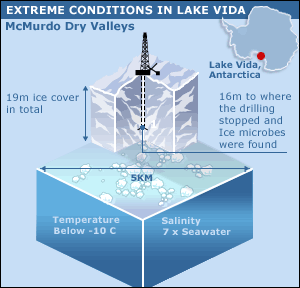
With this discovery the interest among scientist was awakened, to investigate the lake, its history and the physics involved in the formation of this unusual lake, as well as in the potential life it might harbor.
The Lake has been Reached
A pioneering study was recently published in the Proceedings of the National Academy of Science (PNAS) and co-authored by Dr. Alison Murray and Dr. Christian Fritsen of Nevada’s Desert Research Institute (DRI). It reveals that although the lake is seven times as salty as the sea, pitch dark and 13 degrees Celsius below freezing, it actually seems to be teeming with life. Which does imply that life
Bacteria have been found that belongs to a previously unknown species. It is believed to survive by metabolizing the abundant quantities of hydrogen and oxides of nitrogen that exists in the salty water.
Lake Vida is one of the several sub-glacial lakes that has been found. Perhaps the most famous being Lake Vostok; the largest of the lakes, beneath circa 500 meters (1600 ft) of ice. This lake, however, is thought to have been isolated for about 15 to 25 million years, compared to the 3000 years of Lake Vida.
There are more ongoing projects that plan to investigate the lake and a Russian scientist reported earlier this year that they managed the reach it. Samples are to be collected in the ice well this winter when the Antarctic summer starts.
The Russian team also plans to send a robot down into the lake to collect water samples and sediments from the bottom. Unusual forms of life could be found in the lake’s liquid layer, perhaps an ecosystem sealed off below the ice for millions of years, in conditions which could resemble those of the hypothesized ice-covered oceans of Jupiter’s moon Europa.
Finding life in Lake Vida makes it possible and more probable that life can be found in the even more mysterious Lake Vostok, and also on other planets in our universe.
_______________
Lake Vida Project
______________________________

